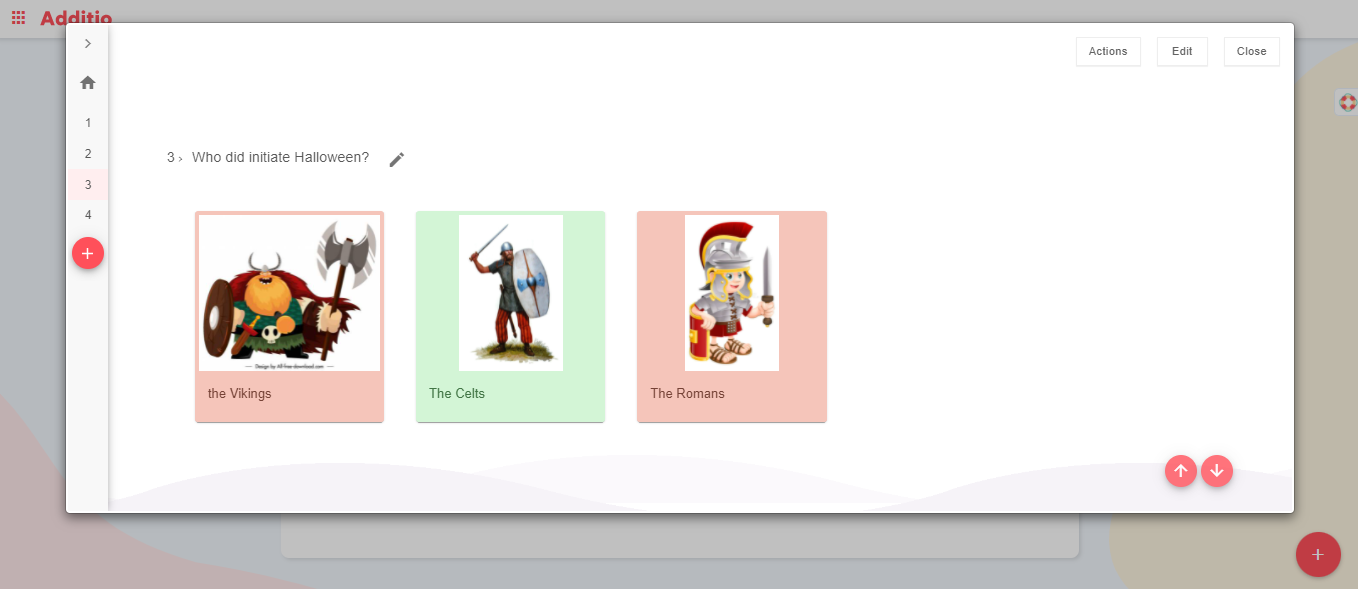ICT tools are the set of currently developed technologies that allow more efficient communication of information, which have modified the way of accessing knowledge and, in turn, human relations.
Its acronym stands for Information and Communication Technologies and today it is playing a key role in the development of new educational policies and projects.
The use of ICTs with the pandemic
ICT has become an essential tool in offering students a comprehensive education at all times, enabling them to develop all their digital skills and abilities, thus enriching the teaching-learning process with dynamic and innovative methodologies.
During the pandemic, there were times when it was impossible for us to go to class to work normally, so teleworking and online classes were promoted. It was at that time that ICT tools took on a much more important role in education.
Being able to continue working remotely has been essential to maintain the academic level of the students and, within all this chaos, to maintain a bit of normality. The instantaneousness of these tools has made it possible to continue working at the same pace, carrying out virtual classes, uploading deliveries to different educational platforms, and even taking exams from home with quizzes.

What are the advantages of ICT tools?
- ICT helps pupils to develop new skills and become more creative. ICT stimulates the development of imagination as well as initiative. It is a valuable tool for producing work, both in terms of content and form.
- It improves pupils’ academic performance as their classroom experience also improves substantially.
- Motivation and attention levels are increased, contributing to greater effectiveness in the learning process.
- Increases students’ responsibility and sense of autonomy.
- Students use the Tablet as a work tool at home, which gives rise to the incorporation of new learning methodologies, online education, inverted classroom, etc…
- It increases interest. With resources as rich and different as videos, websites, graphics and games, traditional subjects become more interesting. Multimedia contents are a very useful tool to bring the different subjects closer to the students in a complete and entertaining way.
- Collaborative work is clearly enhanced with the different digital tools. It is easier than ever to create team projects, cooperate and learn from each other.
- Close dialogue between students and teachers is encouraged through different channels, in a more spontaneous and less formal way.

Key tips for the correct use of ICTs in class
In order for ICTs to be of real educational use, they must be used properly and they must get the most out of them. To this end, it is essential that they are used as a means and not as an end. “First you have to think about ‘what’ you want to teach and ‘how’ you want to teach it, and then ‘with which’ medium: the digital whiteboard, the tablet or any other technological medium you consider appropriate,” explains Javier Arróspide, Technology teacher at SEK El Castillo International School.
Likewise, students must understand that it is a learning tool, not a game, so we also work on responsibility and time management. Students must control the time they spend online, whether on the computer, tablet, mobile phone or any other similar device. mobile or any other similar device.

ICT resources that can be used in class
In order to be able to implement ICT in the classroom, it is necessary to be trained and to know the tools that new technologies provide us with, as well as to define the needs of the students and the curricular objectives. Only in this way will it be possible to create a flexible learning environment and implement the strategies and tools necessary for them to develop all their capabilities. Some examples of ICT resources are the following:
Visual resources such as videos, images or PDF documents that can be used as a further aid for students to understand the syllabus even better.
LMS: these are educational tools designed to facilitate the interaction and organisation of the class group. Google Classroom, Microsoft Teams or Moodle are some of the most important LMS in the education sector. They allow for distance work, homework, assignments, deliveries, etc.
Platforms for making video calls and maintaining “presence” in class. In this way we can keep in touch with the students, maintain closer contact, etc.
Educational platforms such as Additio allow the management of class work, the creation of different evaluation methods, as well as the evaluation of these and their subsequent sending to the students. In this way we keep in touch with our students and they continue to enjoy the constant monitoring they can have in class, also at home.


